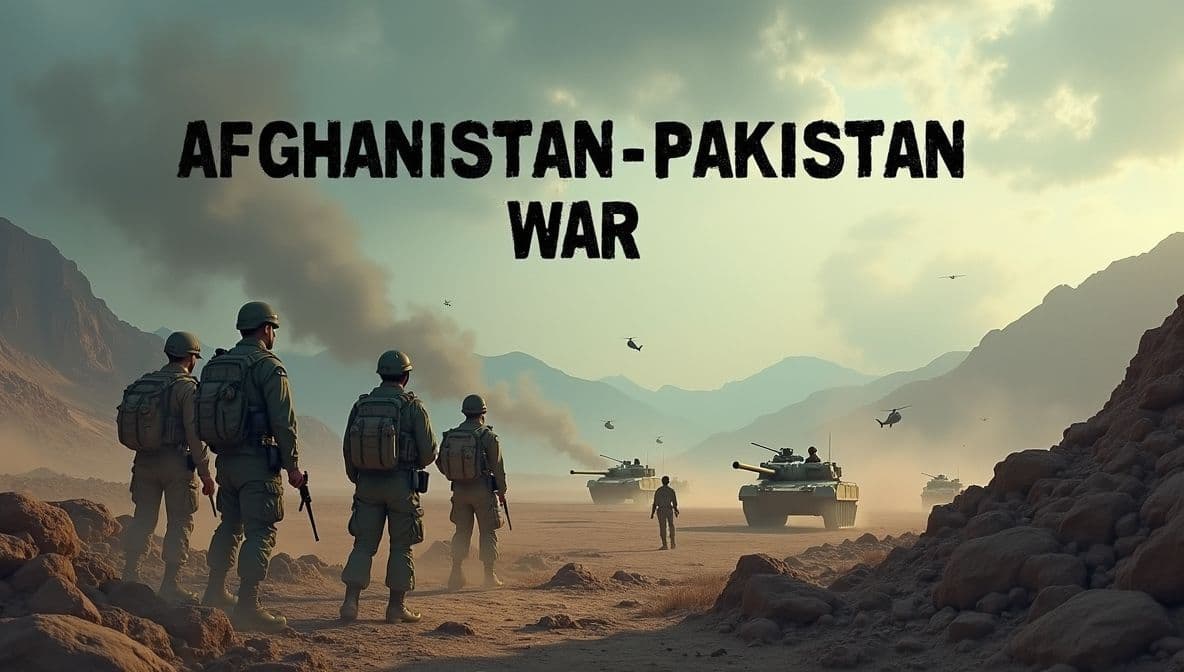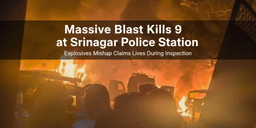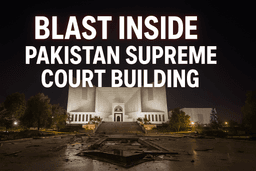Afghanistan-Pakistan Tensions: Understanding the Cross-Border Crisis

The border between Afghanistan and Pakistan is burning. What started as isolated incidents has exploded into one of the deadliest confrontations the region has seen in recent years. And the world is watching nervously.
If you thought things were settling down after the Taliban's 2021 takeover, think again. The situation has only gotten worse, and the consequences could reshape the entire region.
Why These Two Countries Can't Get Along
Let's rewind for a moment. Afghanistan and Pakistan have never been friends. Their relationship is built on a foundation of mistrust, ethnic tensions, and a border that Afghanistan has never fully accepted.
That border is the Durand Line, drawn way back in 1893 by British colonizers. Pakistan sees it as the official international boundary. Afghanistan? Not so much. This disagreement has fueled decades of conflict, and it's still causing problems today.
When the Taliban seized control of Afghanistan in 2021, Pakistan thought it had finally won. They expected a friendly government on their western border that would bring stability. Instead, they got the exact opposite.
Attacks on Pakistani forces skyrocketed, many launched from Afghan territory by groups like the Tehreek-e-Taliban Pakistan (TTP). The nightmare Pakistan tried to avoid became their reality.
What's Happening Right Now
Reports indicate the latest crisis exploded into violence on October 9, 2025, when Pakistan launched airstrikes in Kabul following attacks by the Tehreek-e-Taliban Pakistan (TTP) on Pakistani soldiers. What started as targeted strikes quickly spiraled into among the deadliest clashes between the two nations in recent years.
Fast forward through the chaos, and both countries are locked in a deadly cycle of retaliation.
Pakistan has been launching airstrikes deep into eastern Afghanistan, targeting what it calls terrorist hideouts. Reports suggest the heaviest fighting took place on October 11-12, with border clashes reportedly killing dozens on both sides. The Taliban government calls these strikes illegal violations of their sovereignty.
According to Afghan officials, border crossings are shutting down, refugees are being threatened with deportation, and anti-Pakistan protests are erupting in Afghan cities. Independent verification of these claims remains limited.
The economic impact is brutal. Trade routes through critical crossings like Torkham and Chaman have slowed to a crawl. Local businesses are collapsing, and the humanitarian crisis is getting worse by the day.
According to Pakistani officials, thousands of Afghan refugees living in Pakistan are now facing deportation. The Taliban government accuses Islamabad of punishing innocent people to make a political point. These claims from both sides remain difficult to verify independently.
The Death Toll No One Can Agree On
Here's where things get murky. Both sides are reporting casualties, but their numbers don't match up at all. Independent verification remains extremely limited due to the difficulty of accessing conflict zones.
According to Pakistan's military, 23 of their soldiers have been killed and 29 wounded. They claim they've eliminated over 200 Taliban and allied fighters in response.
The Taliban tells a completely different story. According to their officials, 58 Pakistani soldiers are dead and 30 injured, while they admit to only 9 Afghan fighters killed and 18 wounded on their side.
And then there are the civilians. Reports from Afghan sources suggest at least 12 Afghan civilians have been killed and around 100 injured from Pakistani airstrikes hitting areas like Spin Boldak and Khost. These figures are contested and remain unverified by neutral parties.
The truth is probably somewhere in the middle. Independent verification is nearly impossible in this environment. The United Nations has confirmed that "scores of civilians" have been hurt, but hasn't released official numbers yet. Sources like RFE/RL and Reuters believe both governments are playing with the numbers to win the propaganda war.
The World Is Paying Attention
This isn't just a local dispute anymore. Regional powers are getting nervous.
China is calling for calm because instability threatens its massive Belt and Road infrastructure projects. Iran has tightened security along its own borders, bracing for potential refugee waves. India is watching quietly from the sidelines, seeing an opportunity as Pakistan becomes more isolated on the world stage.
The United States and United Nations are urging both countries to sit down and talk. They know that if this conflict spirals out of control, it could destabilize all of South and Central Asia.
The People Caught in the Crossfire
While politicians and generals trade accusations, ordinary people are suffering the most.
In provinces like Kunar, Nangarhar, and Spin Boldak, families are being displaced from their homes. Food is running out. Healthcare is nearly impossible to access. Refugees on both sides of the border describe living in constant fear, trapped between government forces and militant groups.
One refugee described the atmosphere as "fear and fatigue," where people feel powerless, caught between shifting battle lines and political agendas that have nothing to do with their daily survival.
Where Do We Go From Here?
After a week of intense fighting, a glimmer of hope emerged. On October 15, 2025, at 6:00 PM Pakistan Standard Time (1:00 PM GMT), both countries agreed to a 48-hour ceasefire. The temporary truce came after the Afghan Taliban requested dialogue, offering a brief window to step back from the brink of all-out war.
But this ceasefire is fragile. The question isn't just whether it will hold, but whether either side is genuinely committed to finding a lasting solution.
This conflict has evolved beyond a simple border dispute. It's a geopolitical time bomb that could explode at any moment.
Military force alone won't solve this. Both countries need to address the real issues: the militant groups operating across the border, the rights of refugees, and the deep-seated mistrust that has poisoned their relationship for generations.
Without serious dialogue and international mediation, this violence will only get worse. And when it does, the entire region will pay the price.
The question now isn't whether this situation is serious. It's whether anyone can stop it before it's too late.
Related Posts


 Terror at Twilight: Explosion Tears Through Old Delhi
Terror at Twilight: Explosion Tears Through Old DelhiNovember 10, 2025

